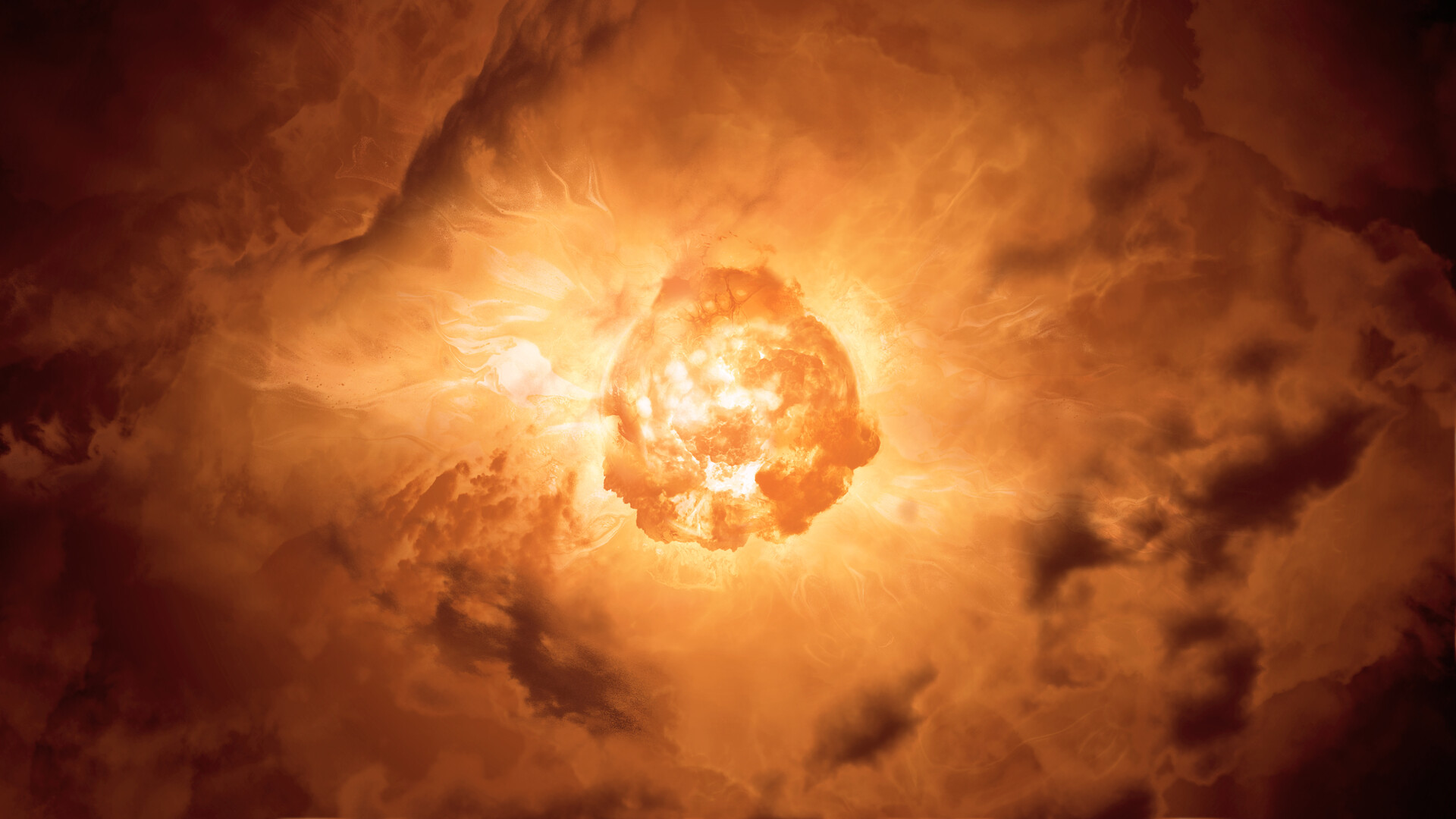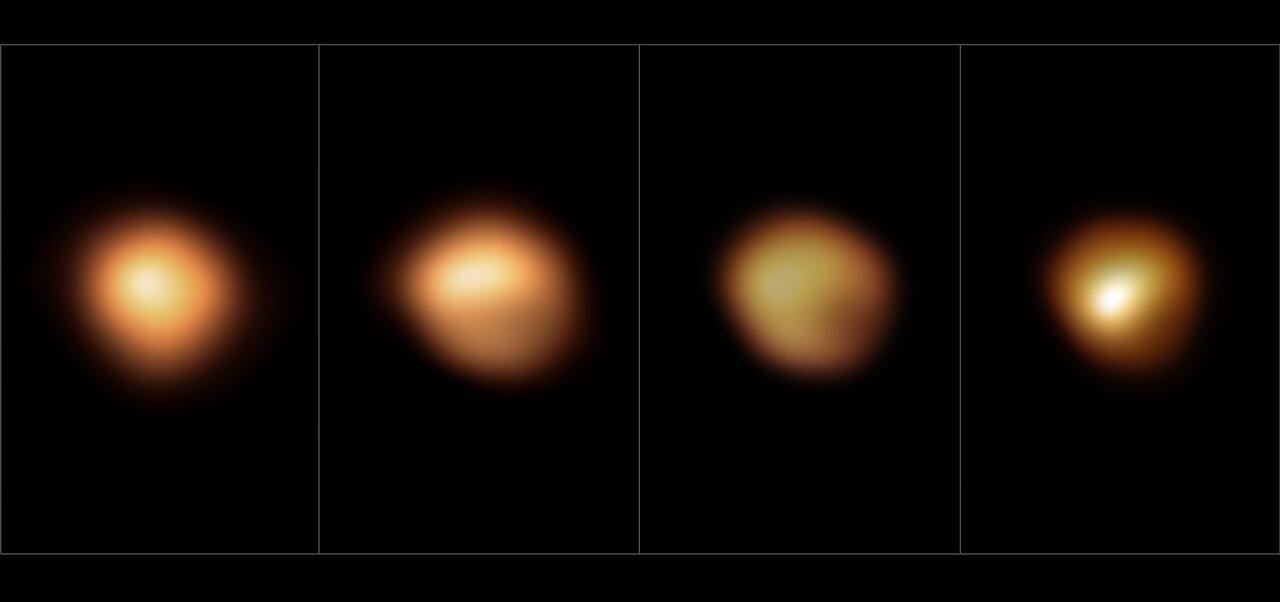Sitting on the shoulder of the constellation Orion, Betelgeuse is one of the brightest stars in the sky. However, at the beginning of 2019, the massive star underwent a mysterious eclipse, which was visible even to amateur astronomers. Some scientists even explained this phenomenon by the fact that the star began to move into the next phase of a supernova and would soon explode, and we would allegedly witness this event. However, the red supergiant now seems to be regaining its brightness after a mysterious eclipse.

A detailed sequence of events gathered from observations indicates that the star underwent a giant surface mass ejection (SME), which tore out a large chunk of the visible surface of Betelgeuse. The event was so huge that it ejected 400 billion times more mass than a typical coronal mass ejection on the Sun. Scientists believe that due to the surface mass ejection, a colossal cloud of dust was formed, which caused a blackout. Now the star is “recovering”, but still feels the consequences of a catastrophic event.

According to observations, the star’s photosphere – the lowest part of the star’s atmosphere and the layer visible to us – is being rebuilt. The explosion of Betelgeuse, in theory, was caused by a convective plume with a diameter of more than 1.6 million kilometers, which burst from the depths of the star. The plume could disrupt regular convection cells that caused regular pulsation. Despite the fact that Betelgeuse’s 400-day brightness change period has disappeared, it may be temporary. Astronomers have observed these regular fluctuations in brightness for 200 years.
Despite the hype caused by Betelgeuse in 2019, this event is not considered proof that this star will become a supernova in the near future. However, if this happens, the death of Betelgeuse will be visible from Earth even during the day.
Earlier we reported on how a weather observation satellite helped solve the riddle of Betelgeuse.
According to Space
Follow us on Twitter to get the most interesting space news in time
https://twitter.com/ust_magazine
